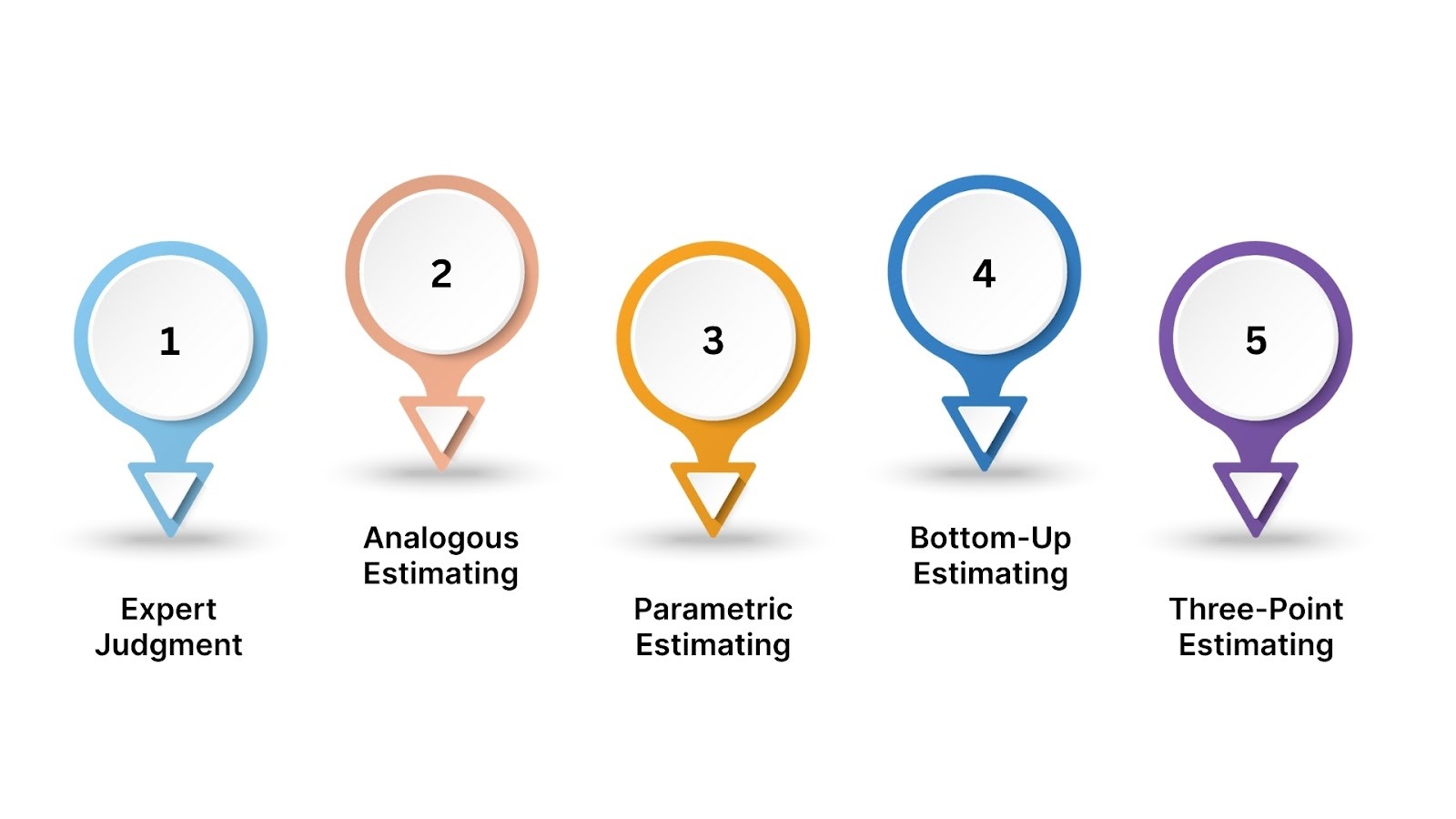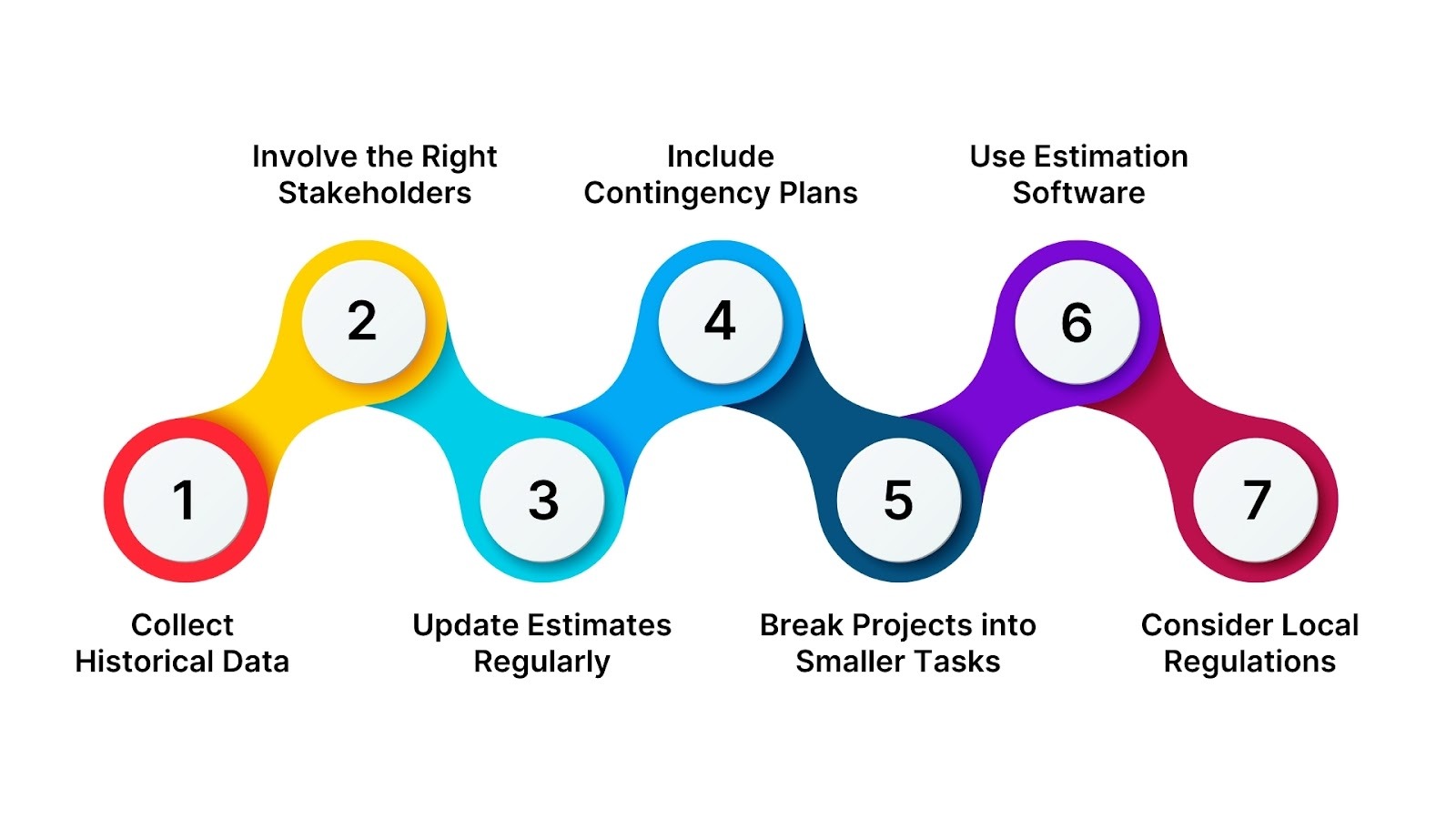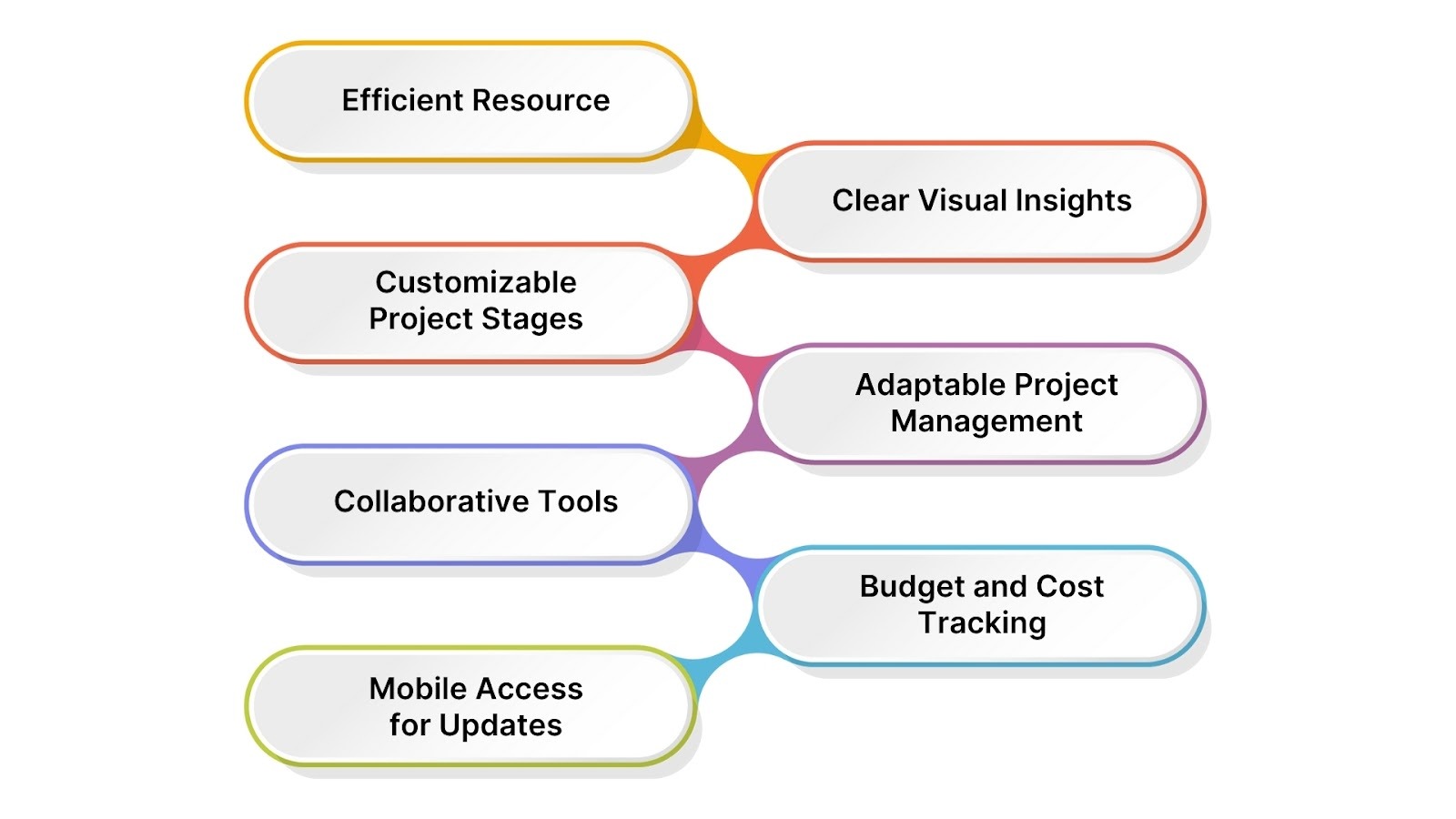
Did you know that 75% of projects exceed their planned budgets, often leading to costly delays and missed opportunities? Accurate project estimation can prevent this, ensuring your projects stay within budget and on time. With the right techniques, you can predict costs, allocate resources, and mitigate risks effectively.
In the context of Saudi Arabia’s Vision 2030, the demand for efficient project management has never been more critical. As the country pursues its ambitious transformation, businesses must adopt precise planning practices to align with national goals and remain competitive.
This blog explores key estimation techniques that will help you navigate project complexities, improve accuracy, and minimize risks. Whether you're a seasoned manager or new to the field, these methods will guide you in mastering project planning.
Accurate project estimation is essential for any business, especially startups that operate with limited resources. Choosing the correct technique can help predict costs, timelines, and resources more effectively. Below, we will explore some of the most widely used estimation methods:

This technique relies on consulting experienced professionals who have worked on similar projects. Their insights can provide valuable input when estimating project needs, helping to avoid common mistakes.
Analogous estimating uses historical data from past projects to predict the cost and duration of current projects. This method is fast and cost-effective, but may lack precision for highly unique projects.
This approach involves using mathematical models based on historical data. It’s beneficial for projects with repetitive tasks, allowing for more precise estimates based on measurable factors.
Bottom-up estimating requires breaking the project into smaller tasks and estimating the time and cost for each one. Afterward, the totals are aggregated to give a complete project estimate.
This method considers three possible scenarios: optimistic, pessimistic, and most likely. By averaging these estimates, project managers can account for uncertainty and improve the accuracy of predictions.
While choosing the right estimation technique is crucial for forecasting accurate project costs, it is equally essential to ensure that your estimates align with local regulations.
When estimating project budgets in Saudi Arabia, it is essential to consider local regulations and legal requirements that may impact financial planning. Failing to consider these elements can result in compliance issues, costly delays, and unforeseen expenses. Understanding the legal landscape ensures that estimates are both realistic and in line with national standards.
Here are the key legal considerations to keep in mind:
With a clear understanding of the legal and regulatory requirements in Saudi Arabia, you can now turn your focus to refining your estimation process.

Accurate project estimation requires more than just choosing the proper technique; it involves gathering the correct data and using best practices. Following effective estimation practices ensures your projects stay on track and within budget. These practices help minimize risks and set realistic expectations for all stakeholders.
Implementing best practices in your estimation process can significantly enhance accuracy and minimize unforeseen issues. Below are key strategies to improve your estimation efforts.

By following these best practices, you can enhance your project planning and avoid common pitfalls associated with inaccurate estimation. Incorporating these strategies will give you better control over timelines, budgets, and resource allocation.
Accurate project estimation is critical for businesses in Saudi Arabia to stay on budget, meet deadlines, and align with Vision 2030’s digital transformation goals. HAL Project Management provides a straightforward, intuitive platform to enhance project tracking and cost estimation. HAL provides businesses with tools to allocate resources, manage budgets, and keep projects organized, making the estimation process more accurate and manageable.
For example, Al Faneya, a leading Saudi corporate group in construction, electromechanical contracting, elevators, and engineering products, improved project estimation accuracy by 40% using HAL ERP. They reduced manual work by 60%, increased procurement efficiency by over 90%, and ensured 100% budget compliance, thereby gaining better control over timelines and project costs.
Here’s how HAL can improve your project estimation process:

By using HAL, businesses can improve their project estimates, ensuring better resource allocation and more transparent communication. HAL’s tools provide better control over timelines, costs, and project progress, ultimately leading to more successful project delivery.
Accurate project estimation is essential for businesses, especially startups, to stay on budget and meet deadlines. By using the right techniques and tools, you can reduce risks and improve your project planning process. With HAL, you gain access to intuitive tools that simplify estimation, improve accuracy, and save time.

1. How can small businesses estimate project costs without prior experience?
Small businesses can start by reviewing similar projects they or others have completed, consulting experienced team members, and breaking tasks into smaller steps to create rough cost and time projections. Using HAL ERP, they can track resources, assign tasks, and generate early estimates even without prior experience.
2. What should I do if project estimates keep changing mid-way?
Regularly update your estimates based on new developments, adjust timelines and budgets as necessary, and keep stakeholders informed to ensure expectations remain realistic throughout the project.
3. Can estimation methods be combined for better accuracy?
Yes, combining techniques such as expert judgment with bottom-up or parametric estimating can provide a more balanced forecast. HAL ERP can support this by centralizing project data and enabling managers to cross-reference multiple estimation methods for better accuracy.
4. How do I account for unexpected risks in my estimates?
Include a contingency buffer in your calculations, and identify potential risks early. This allows you to handle unforeseen challenges without derailing the overall project schedule or budget.
5. Are there tools that help track estimates in real time?
Several project management platforms allow teams to log time, track costs, and monitor progress. HAL ERP provides real-time dashboards, enabling teams to adjust estimates promptly as circumstances change.